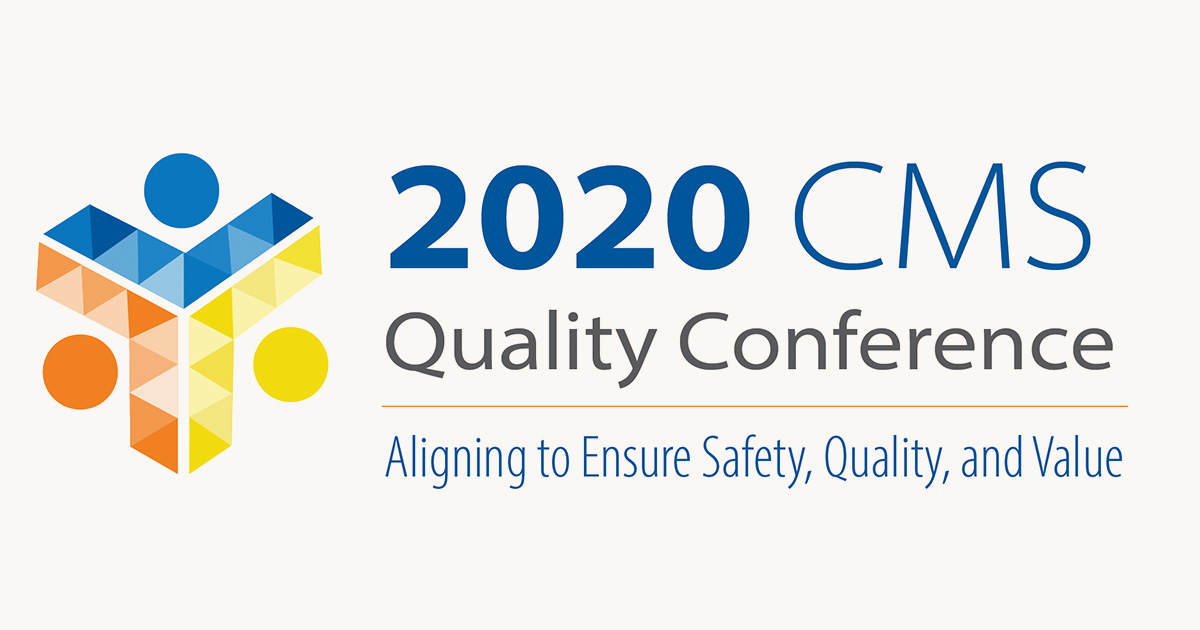Medicaid and CHIP quality improvement often focuses on the big picture, for example, reducing mortality or the number of people with opioid use disorder. Measuring these outcomes can be delayed because it takes time to collect or access the right data. These big picture measures are called lagging indicators and they capture the quality improvement we hope to achieve. But to be confident that new efforts will lead to improvement, we also need quality measures that can be captured earlier. Leading measures are available sooner, represent key processes or changes that influence lagging measures, and serve as early signs that quality improvement efforts are effective. Leading measures are linked to outcomes and allow implementers to make early course corrections if needed. Although lagging and leading indicators have often been used in business and finance, applying them to health care is relatively new, particularly in Medicaid programs where stakeholders can be parsimonious with resources, impatient for results, and skeptical of outcomes.
This year’s CMS Quality Conference introduced quality improvement experts to lagging and leading indicators and demonstrated how those indicators can be used for Medicaid and CHIP quality improvement. Three case studies provided examples of lagging and leading indicators used in state quality improvement projects that address maternal health, opioid prescribing, and childhood asthma. Reviewing these real-world examples may help other Medicaid and CHIP quality improvement experts develop lagging and leading indicators, and help garner and sustain the support needed to achieve important health outcomes.
The California Maternal Quality Care Collaborative formed in 2006 to reduce deaths related to pregnancy (maternal mortality) and unexpected outcomes related to labor and delivery that can cause harm (severe maternal morbidity). These are both lagging indicators because they are rare events that can be technically difficult to measure. The Collaborative developed safety bundles—evidence-based practices that, when performed collectively and reliably, improve patient outcomes—for maternal hemorrhage and hypertension and to reduce early elective deliveries. It also developed toolkits as guides for implementing these safety bundles. The leading measures for these indicators included adoption and implementation of the practices in the safety bundles. Early in the Collaborative’s project, leading indicators demonstrated that these practices were being adopted and were having an impact. Use of the obstetric hemorrhage safety bundle was correlated with a 21 percent reduction in hemorrhagic events. Using leading indicators kept providers engaged and gave the Collaborative the positive feedback it needed to continue this work. Over six years of quality improvement efforts, the Collaborative’s lagging measures showed that maternal mortality had fallen by over 50 percent for hospitals that adopted the safety bundles.
The Minnesota Opioid Prescribing Improvement program aims to reduce the number of new chronic opioid users in the state’s Medicaid program. This overall goal represents a lagging indicator that would take some years to change, so it was necessary to also have leading measures that showed how the program was addressing this important and increasing concern within the state. The quality improvement program began in 2014 with the state developing opioid prescriber profiles and guidelines. The program then reached out to over 16,000 prescribers to review their profiles and educate them on prescribing best practices. Minnesota developed a roster of unique leading indicators, including the percentage of new opioid prescriptions for each provider, comparisons between providers in the same specialty, the percentage of patients with opioids prescribed for up to 45 days, and the percentage of patients receiving chronic opioids, all designed to ensure that they were on the right track. By 2016, the number of new chronic opioid users had begun to fall. After four years of quality improvement efforts, Minnesota demonstrated a 40 percent reduction in chronic opioid users, confirming the impact of years of quality improvement work.
Maryland’s Healthy Homes for Healthy Kids, an initiative that began in 2018, aims to reduce asthma-related hospitalizations and emergency department visits for children in Medicaid and CHIP. The program targets home asthma triggers, such as animal dander, dust mites, and mold. A team of environmental case managers and community care workers visit the homes of children with asthma. In addition to educating family members on the role of environmental triggers in asthma attacks, workers provide HEPA vacuums, dust mite covers, and cleaning kits, and help improve communications with the children’s primary caregiver. After only one year, the leading indicators that gauge the early impact of asthma trigger mitigation in the home include 87 percent fewer days that children are wheezing, 88 percent less nighttime awakenings due to breathing problems, 84 percent fewer days using “rescue” inhalers, and 70 percent more up-to-date asthma action plans. The program has not yet received the data needed to measure their lagging measures—asthma hospitalizations and emergency room visits—but they are confident that they are on their way to avoiding unnecessary acute care and improving beneficiaries’ health.
Measuring population health improvements can take time. Quality improvement experts need to know that their interventions will impact outcomes early enough to make any needed corrections and easily enough to not take too many resources away from the improvement work. Additionally, in environments like state Medicaid agencies where resources are often scarce, it’s important to demonstrate that resources are being allocated effectively and will achieve their stated goals. Using lagging and leading indicators will help build confidence among quality improvement experts and other Medicaid and CHIP stakeholders about steps that can improve health outcomes. For more on lagging and leading indicators or to learn more about these case studies please visit the CMS Quality Conference website here, or watch a recording of the session featuring these examples.



